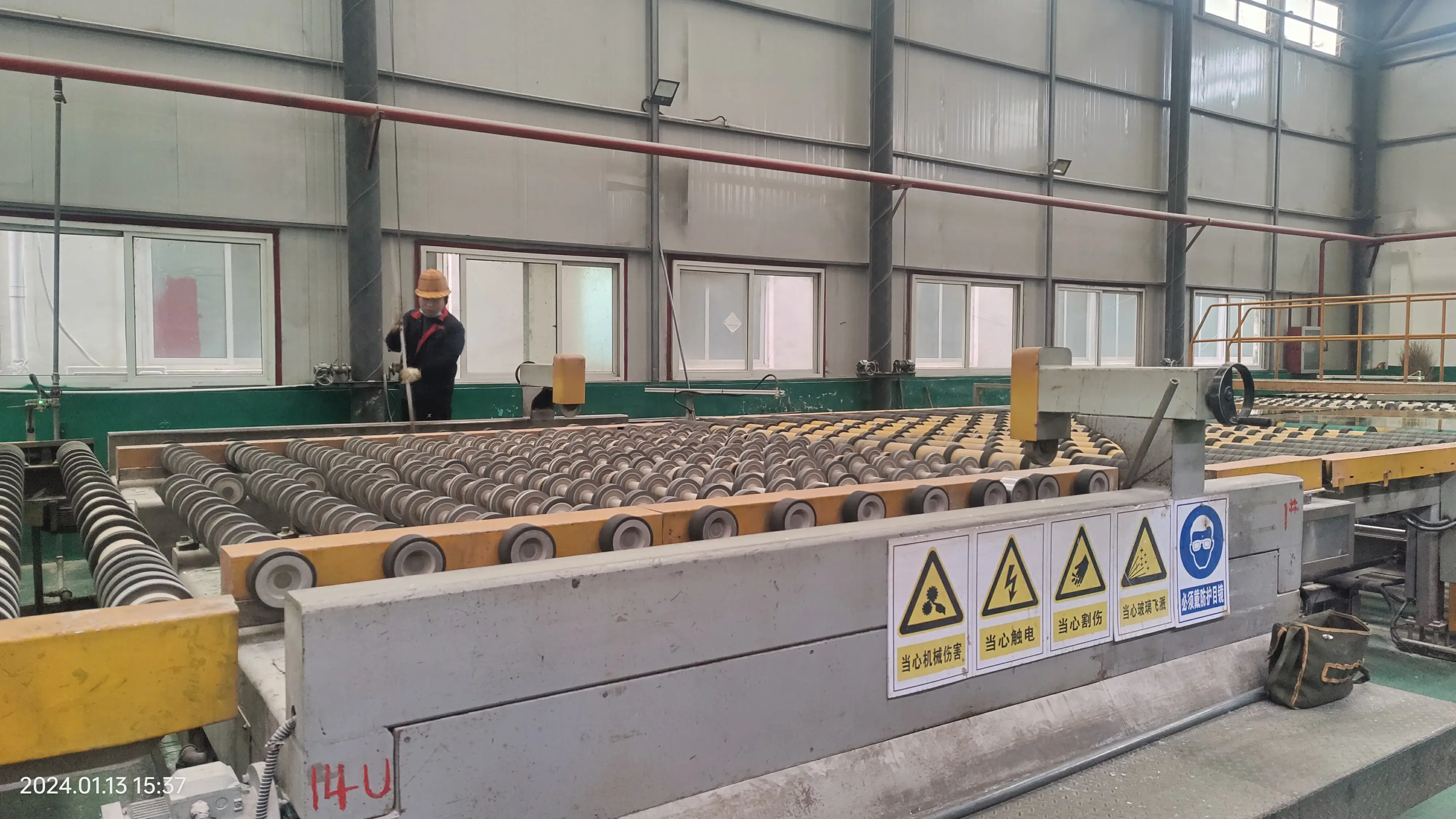

Understanding Low E3 Glass The Future of Energy Efficient Windows
In today's world, sustainability and energy efficiency have become paramount. As individuals and businesses alike become more conscious of their environmental impact, the demand for innovative building materials has surged. Among these materials, Low E3 glass has emerged as a frontrunner in energy-efficient solutions for windows. This article explores the properties, benefits, and applications of Low E3 glass, shedding light on its importance in modern architecture.
What is Low E3 Glass?
Low E3 glass (Low Emissivity 3 glass) is a type of energy-efficient glass designed to reduce the amount of ultraviolet (UV) and infrared light that can pass through it without compromising the amount of visible light transmitted. This innovative material is coated with a microscopically thin layer of metal oxide, which serves multiple purposes it reflects heat back into a room during winter while keeping the heat outside during summer.
The designation ‘Low E’ refers to the low emissivity of the glass, which means it emits a lower amount of radiant heat compared to uncoated glass. The number 3 indicates the specific type of coating used, signifying that it is optimized for performance under specific conditions, enhancing the glass's thermal efficiency.
Benefits of Low E3 Glass
1. Energy Efficiency One of the most significant benefits of Low E3 glass is its ability to improve energy efficiency in buildings. By reflecting heat, it helps maintain comfortable indoor temperatures, reducing the reliance on heating and cooling systems. This can lead to substantial energy savings over time, making it a cost-effective choice for homeowners and commercial properties.
2. UV Protection Low E3 glass effectively blocks harmful UV rays that can cause fading and damage to furniture, carpets, and artwork. This protection helps preserve the aesthetic and material integrity of indoor spaces, extending the lifespan of interior furnishings.

3. Comfort and Climate Control By minimizing heat transfer, Low E3 glass contributes to a more comfortable indoor environment. It can help mitigate temperature fluctuations, ensuring that spaces are cool in summer and warm in winter. This level of climate control enhances the comfort of occupants and can lead to increased productivity in commercial settings.
4. Environmentally Friendly The increased energy efficiency associated with Low E3 glass means reduced greenhouse gas emissions. By lowering energy consumption, buildings can contribute to a more sustainable future, reflecting broader trends towards eco-friendly construction and design.
5. Versatility Low E3 glass can be used in various applications, including residential and commercial windows, curtain walls, and skylights. Its versatility allows architects and builders to incorporate it into diverse designs while maintaining aesthetic appeal and functionality.
Applications of Low E3 Glass
Low E3 glass is quickly becoming a staple in modern architecture. For residential construction, homeowners are increasingly opting for energy-efficient windows to enhance their comfort and lower utility bills. In commercial settings, buildings that utilize Low E3 glass can benefit from reduced heating and cooling costs, making them more attractive investments.
Moreover, energy codes and regulations are increasingly favoring the use of Low E glass, pushing builders to adopt this technology not only for compliance but also to achieve significant energy performance ratings. In markets where sustainability certifications (like LEED) play a pivotal role, Low E3 glass can be instrumental in achieving the points necessary for certification.
Conclusion
As we move towards a more sustainable future, materials like Low E3 glass will play a crucial role in shaping the built environment. Its ability to enhance energy efficiency, protect interiors from UV damage, and provide comfort makes it an invaluable choice for modern construction. By integrating Low E3 glass into designs, architects and builders can help create spaces that are not only beautiful but also responsible stewards of energy and resources. Embracing Low E3 glass is not just an investment in a building; it is an investment in the future of our planet.